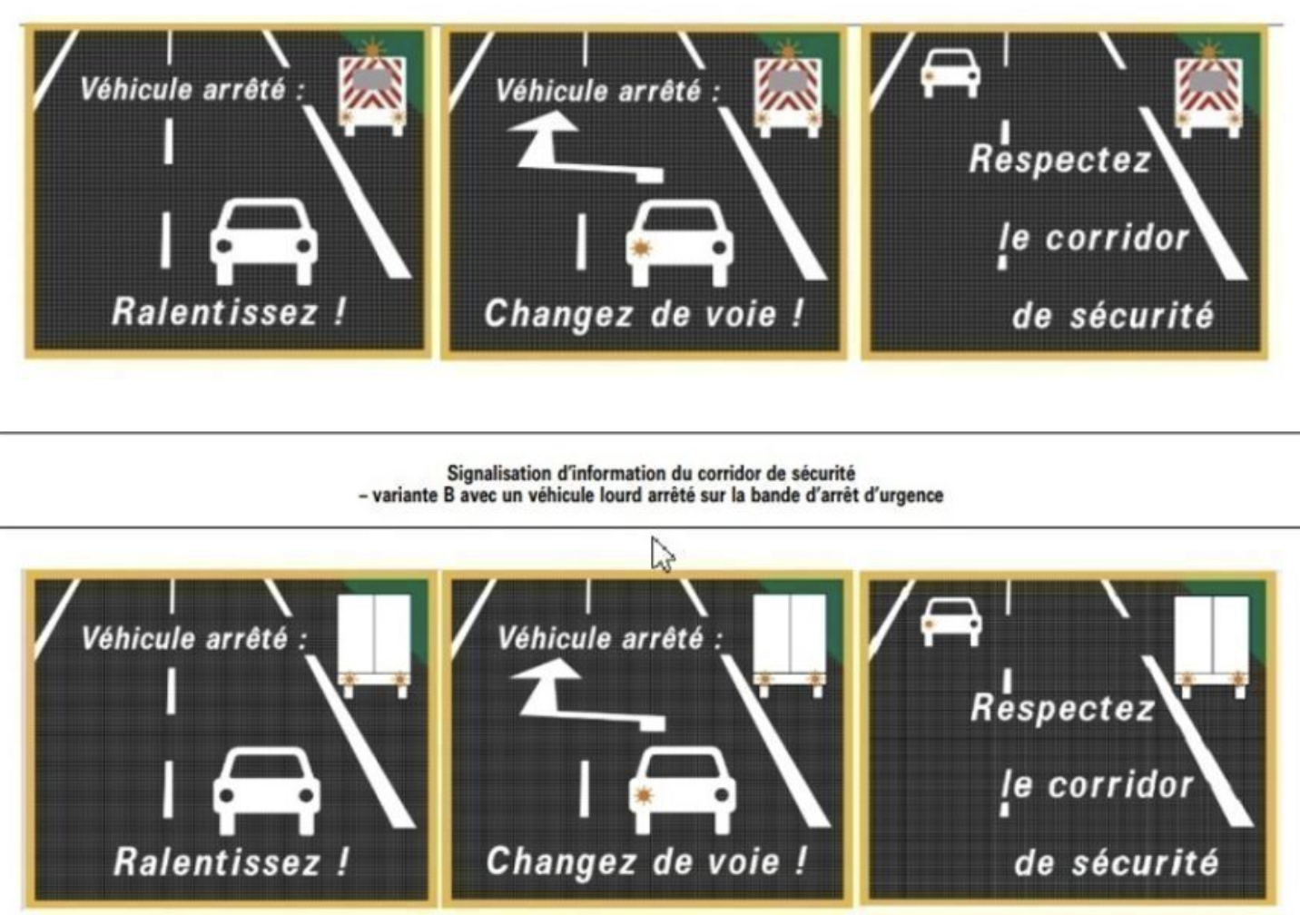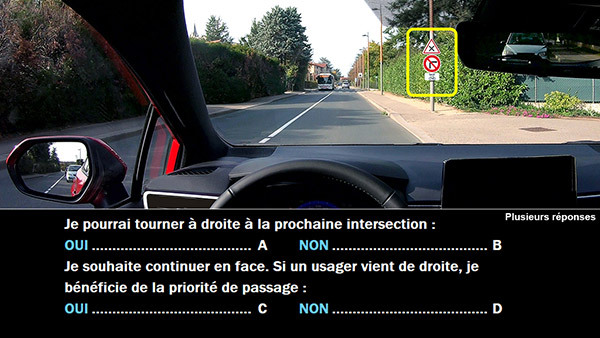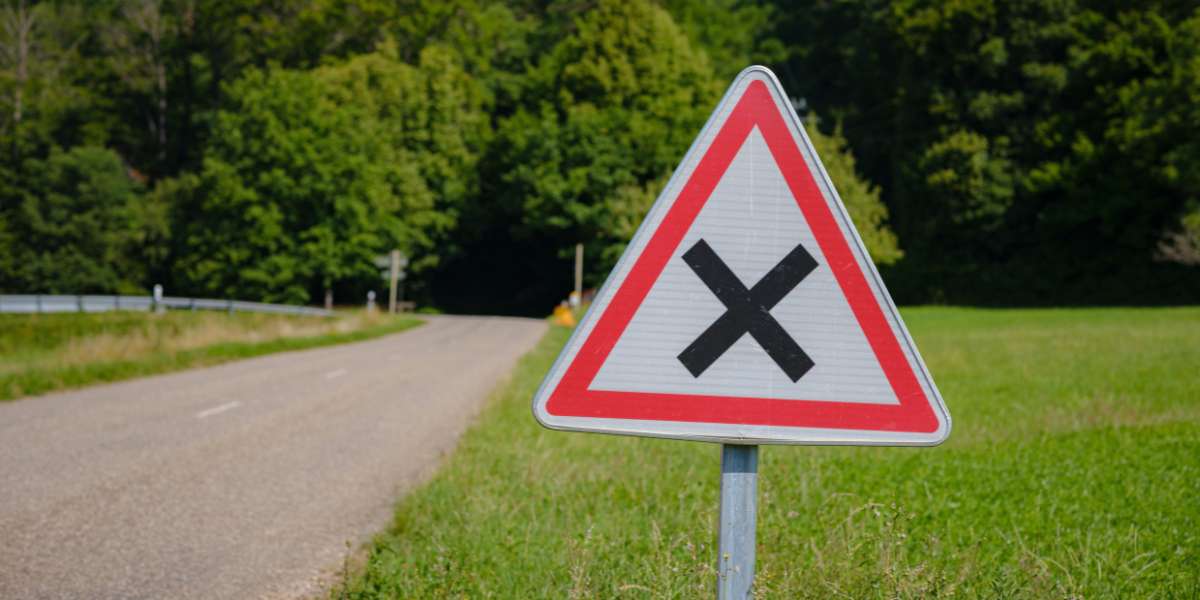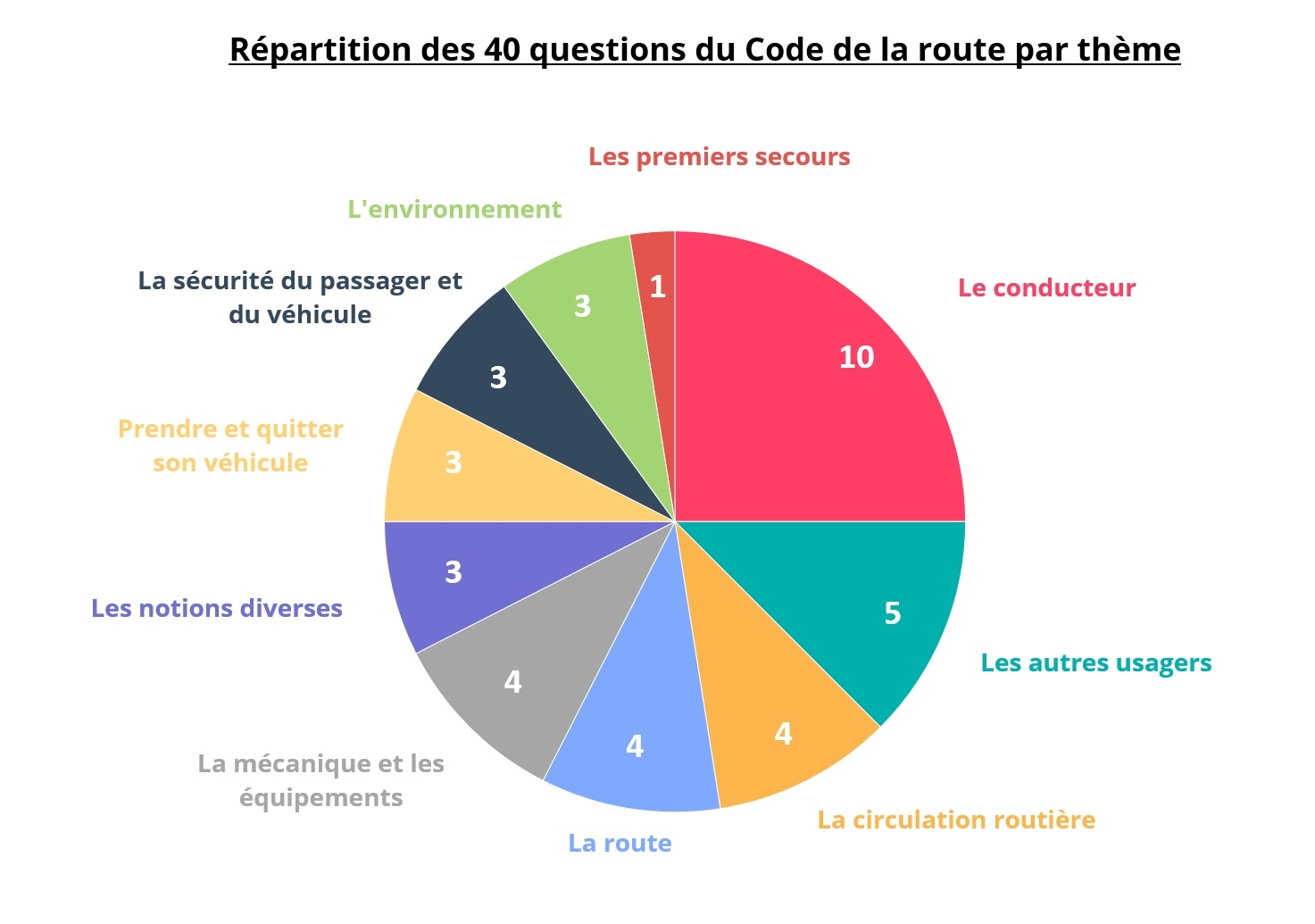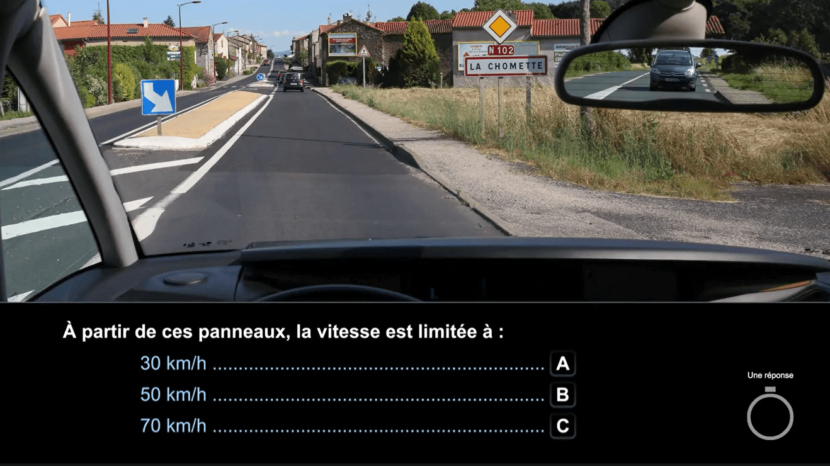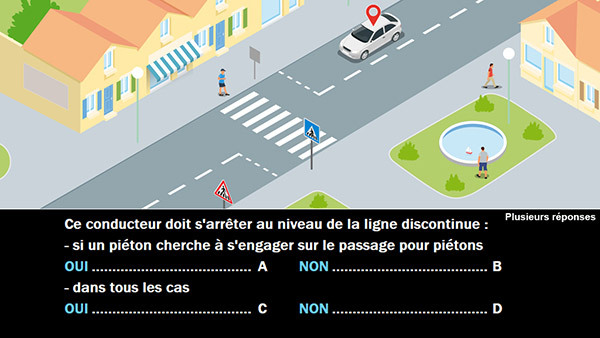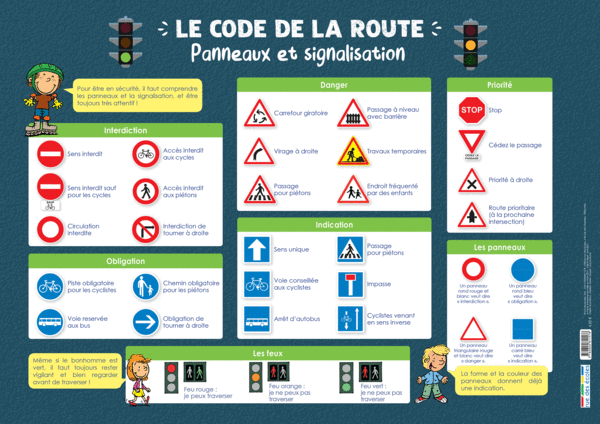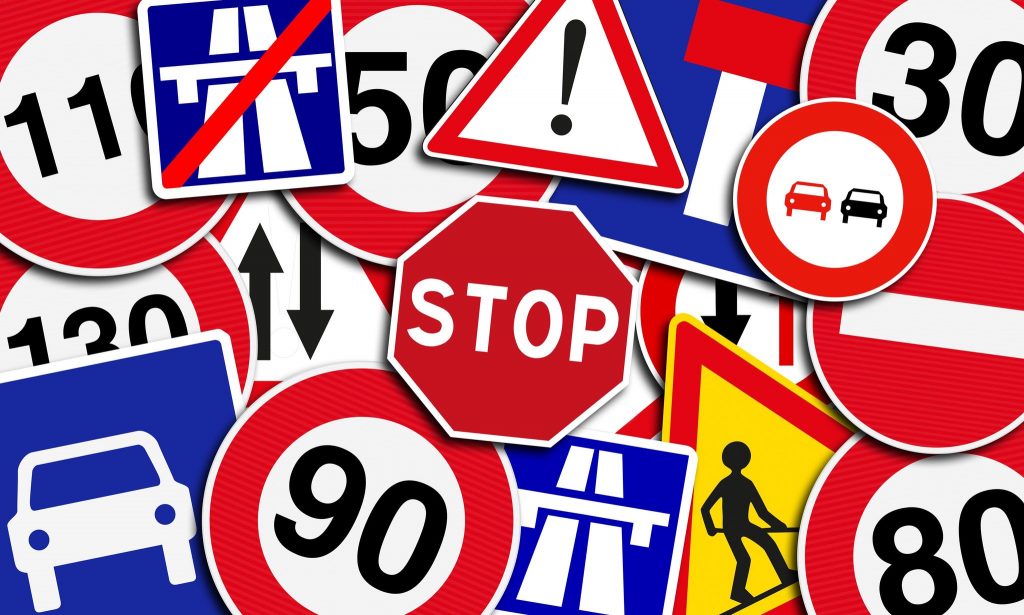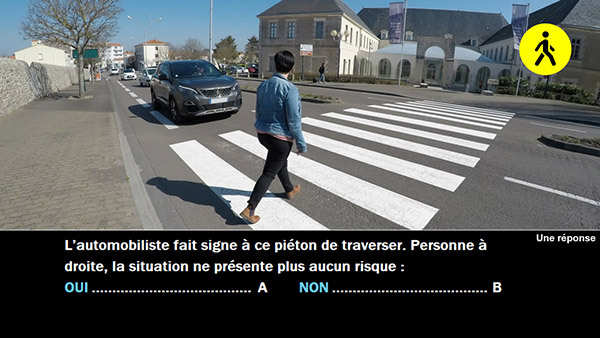Code De La Route Article

Alright, alright, settle in folks! Today, we're diving into something that might sound a little dry at first: the Code de la Route. Yep, we're talking French traffic laws. But trust me, stick around! It's way more interesting than you think. Think of it like this: it's the instruction manual for the world's most dramatic ballet – the dance of cars, scooters, and the occasional intrepid pedestrian across the French landscape. Isn't that a cool way to think about it?
The Code de la Route: More Than Just Rules
So, what exactly is the Code de la Route? Well, it's basically the rulebook for anyone using the roads in France. From seasoned drivers of fancy Citroëns to cyclists breezing through the countryside, everyone's gotta know their stuff. It's more than just "stop at red lights," though. It's a comprehensive system designed to keep everyone safe, organized, and (hopefully) flowing smoothly.
Think of it like this: imagine a jazz band. They all know the basic chords and the structure of the song (the Code de la Route). But within that framework, they can improvise and add their own flair (driving styles). The key is everyone needs to be playing from the same sheet music, right?
Why Should You Care? (Even if you're not driving in France!)
Okay, so maybe you're thinking, "I'm never driving in France, why should I even bother?" Valid point! But here's why I think it's cool, even if you’re just armchair traveling:
- Cultural Insights: The Code de la Route reflects French culture and priorities. For example, the emphasis on yielding to the right (priorité à droite) might seem crazy to some, but it reflects a particular approach to shared space and responsibility.
- Global Understanding: Comparing traffic laws around the world is fascinating! You start to see how different societies approach safety, efficiency, and even social etiquette on the roads. It's like comparing different styles of cooking – same ingredients, different results.
- It's Surprisingly Fun!: Okay, maybe not *laugh-out-loud* fun, but it's definitely intellectually stimulating. Learning about road signs, right-of-way rules, and even the penalties for violations can be surprisingly engaging.
Key Concepts: Decoding the Road
Let's break down some of the key concepts within the Code de la Route that I find particularly interesting:
Priorité à Droite: The Right-Hand Rule
This is probably the most famous (and often feared) aspect of French driving. Basically, unless otherwise indicated, you have to yield to traffic coming from your right. Sounds simple enough, right? But imagine navigating a busy intersection with multiple streets converging – it can be a real head-scratcher! It's a system that forces drivers to be extra vigilant and aware of their surroundings. Some say it's a relic of a bygone era, others say it encourages more careful driving. What do you think?
Think of it like a complicated game of tag. You always have to be aware of who’s coming from your right, ready to yield if necessary. It's a constant mental workout!
Road Signs: The Visual Language of the Road
Road signs are universal, right? Well, not exactly. While many signs are similar across countries, there are definitely some uniquely French signs. Some are downright hilarious (ever seen the sign warning of cows crossing the road?). Others are more cryptic and require a bit of decoding. Learning these signs is like learning a new visual language – it opens up a whole new world of understanding.
Imagine trying to read a book written in emojis. That's kind of what it's like trying to navigate French roads without knowing the signs. You might get the general idea, but you're bound to miss some crucial details.
Speed Limits: Going with the Flow
Speed limits in France are pretty standard, varying based on the type of road and weather conditions. However, the *attitude* towards speed can be a bit more… relaxed. You'll often see drivers exceeding the posted limit, especially on the open highway. This isn't necessarily condoned, but it's often tolerated, as long as everyone is driving safely and responsibly.
It's like a gentle dance between the law and the reality of the road. Drivers are expected to be aware of the limits, but also to use their judgment and adjust their speed to the prevailing conditions. It's all about finding that sweet spot between efficiency and safety.
Penalties and Punishments: When Things Go Wrong
Of course, the Code de la Route isn't just about rules; it's also about consequences. Violations can range from minor fines to serious penalties, including license suspension and even jail time. The severity of the punishment depends on the severity of the offense. And just like in any legal system, ignorance of the law is no excuse!
Think of it like playing a game of cards. If you break the rules, you might get a warning, a penalty, or even be kicked out of the game. The stakes are much higher on the road, though, so it's always best to play by the rules.
The Future of the Code de la Route: Adapting to Change
The Code de la Route isn't set in stone. It's constantly evolving to keep up with changes in technology, traffic patterns, and societal priorities. For example, there's increasing focus on promoting sustainable transportation, such as cycling and electric vehicles. And with the advent of self-driving cars, the rules of the road will need to be rewritten entirely. So, the story of the Code de la Route is far from over!
It’s like a living document, always being revised and updated to reflect the changing needs of society. What will the roads of the future look like? Only time will tell!
Final Thoughts: A Fascinating Reflection of France
So, there you have it! A whirlwind tour of the Code de la Route. Hopefully, I've convinced you that it's more than just a boring set of rules. It's a fascinating reflection of French culture, a complex system designed to keep everyone safe, and a constantly evolving document that shapes our roads and our lives. So next time you see a French driver, remember they're operating within a very specific, and sometimes quirky, set of rules. Bon voyage!
